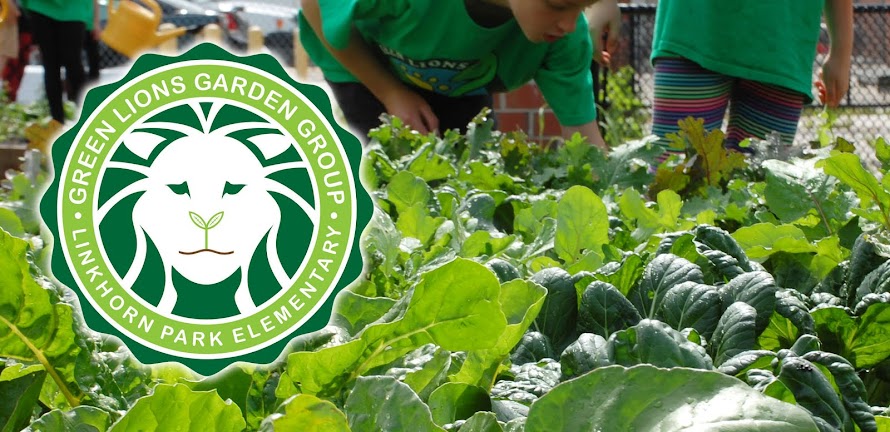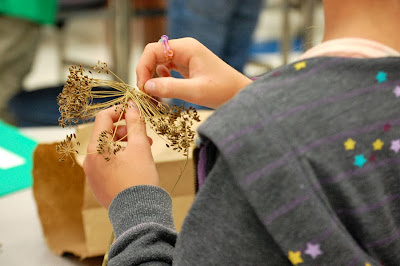Students in the Green LIONS Garden Group learned about what insects and animals are good for the garden and which are considered “pests”. We played a game of “friend or foe” with pictures of different bugs, birds and other animals.
Some were obvious like a honeybee being a “beneficial” because of its pollinating job and a cabbage worm being a pest, its name giving away the veggie group it plagues. But a few were tricky, like the swallowtail caterpillar. It eats plants in the carrot family, like parsley, carrot tops, dill and fennel. If found in a carrot patch it may be considered a pest as it eats the tops off of carrots and hurts the plant’s ability to absorb sunlight through its leaves. But if a swallowtail caterpillar is allowed to eat a little parsley or dill without killing the plant it may go on to make a chrysalis to later become a swallowtail butterfly, also an important pollinator. Ladybug nymphs were another believed foe because of their scary appearance. But they are just baby ladybugs, notorious aphid eaters, so are great to find in a garden.
Because we are growing our LIONS Garden using organic growing methods, we explored different ways we can use natural ingredients to help repel or reduce pest invasions. We made an all-purpose pesticide of water, witch hazel and dish soap and a weed killer of vinegar, salt and dish soap. While these can be used safely in a chemical-free garden, we discussed whether it is always necessary
to do so.
In a conventional garden or farming situation, pests are controlled with a dominating approach of chemical pesticides. While this is effective, it also kills good bugs and pollinators and is not good for our environment. We learned that using this approach goes against the ecosystem, against nature. An invasion of any pest is a message that something is out of balance or unhealthy in a garden, like soil health, plant health or water absorption. An organic gardener strives to achieve a balance of trusting nature and human intervention. Sometimes it is even better to leave some pests alone if beneficial insects are present. For example, ladybugs stick around if there is something for them to eat. Aphids, yum!
After treating the plants that had visible pests and the weeds in the LIONS Garden, students filled out a Know Your Plant worksheet. They used all of their senses to describe how a plant looked, felt, smelled, etc. They studied the plant to see if it had insect damage or if it produced flowers. Some drew pictures of leaves or did a leaf rubbing. This allowed students to explore the garden in ways they hadn’t before, using different perspectives.






























